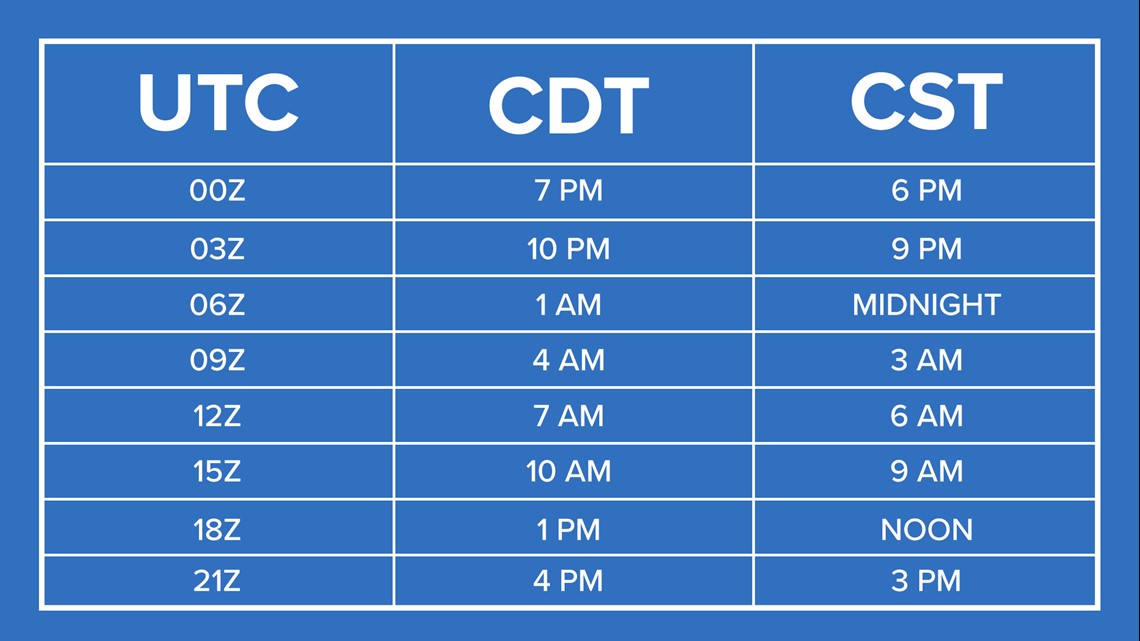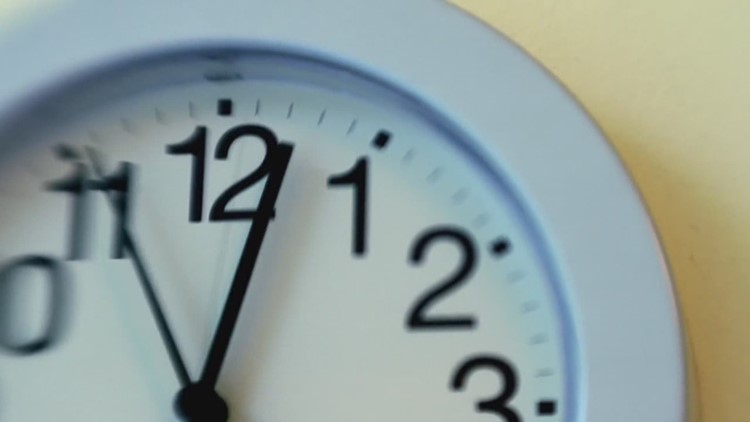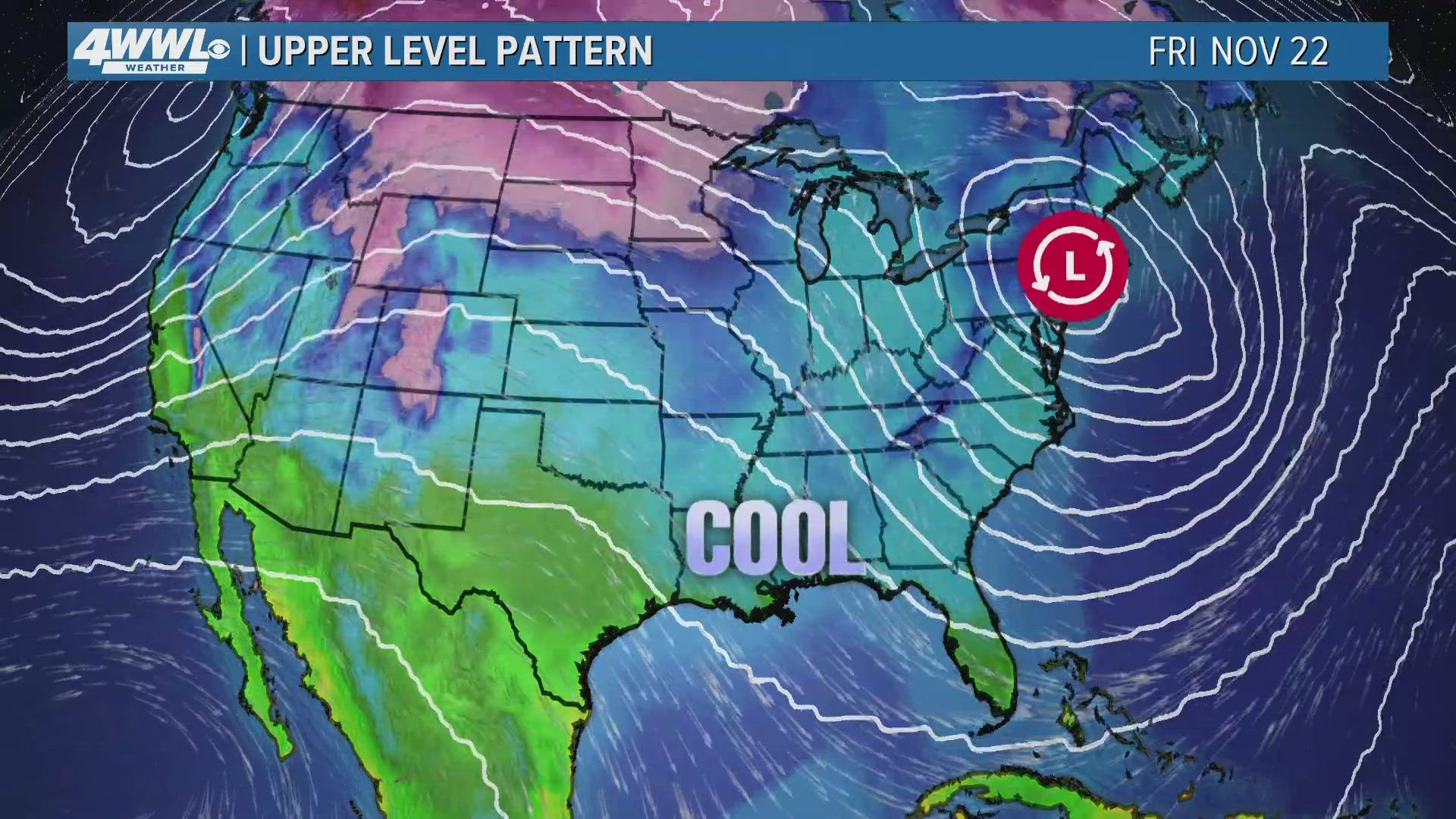NEW ORLEANS, Louisiana — Most southeast Louisiana residents are fairly weather savvy, especially with hurricanes. They understand how weather like high pressure systems and cold fronts work to steer a storm. How wind shear and dry air can weaken a hurricane. And most know we anxiously await 4am, 7am, 10a, 1pm, 4pm, 7pm 10pm and 1am for the latest advisories from the National Hurricane Center.
But something has changed. Has the NHC began issuing these products earlier for our convenience? Perish the thought! No, it all has to do with the time change. Daylight Saving Time ended on Sunday morning, November 1, causing all to confusedly wake up Sunday to bright sunshine, feeling as though we slept late. While I won’t go in to the pros and cons of DST, it is key to these new advisory times.
In weather, we tend to follow what’s called Coordinated Universal Time or UTC…please don’t ask why it isn’t CUT! UTC is also called Zulu or Z. This is a time that remains standard and unchanged across the world and it not subject to daylight saving. Most computer model output is issued at 00 Z and 12 Z (you might hear us say on air “This is the new 12Z GFS forecast…), based on 24-hour time, 00 is midnight and 12 is noon. But that’s midnight and noon over Greenwich, England where the time standard begins.
During the majority of hurricane season, we are 5 hours behind Greenwich. So when it’s noon in Greenwich, it’s 7am here. But now that we “fell back” to Standard Time, we’re 6 hours behind Greenwich. So when it’s noon in Greenwich, it’s 6am here. So all the advisories from the NHC are now an hour earlier.
We generally never notice it, because we generally don’t have any tropical storms we have to worry about after we “fall back.” But then, it’s 2020 so anything’s possible.
So now that the time has changed, here’s how the times break down:


So, in actuality, the times the advisories are issued have not changed, when we fell back an hour, the time we receive the advisories has changed. While we are in Central Daylight Time (CDT), the times of the NHC updates are the ones we are all accustomed to. But, after Daylight-Saving Time ends and we return to Central Standard Time (CST), we now have to adjust not only our sleep schedules, but also when we anxiously await the latest from the NHC…which hopefully won’t continue into December!
► Track the tropics, live updates from Your Local Weather Experts delivered directly to you throughout hurricane season by downloading the FREE WWL-TV News app now in the IOS App Store or Google Play.
RELATED: Warm, But Quiet This Week



